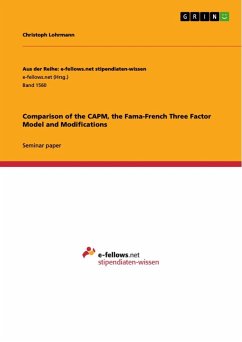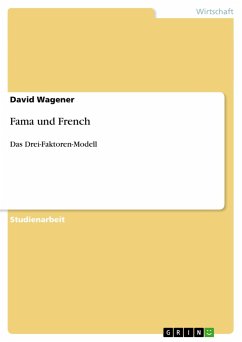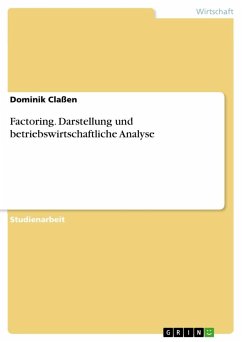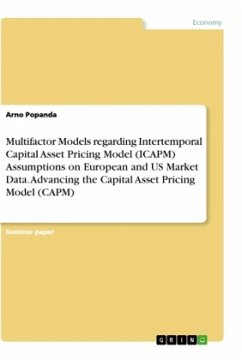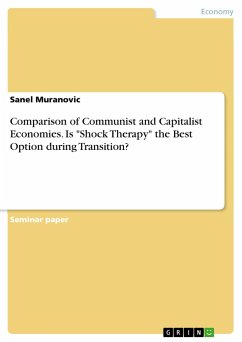Seminar paper from the year 2014 in the subject Economics - Finance, grade: 6,0 (Schweizer Notensystem), University of Liechtenstein, früher Hochschule Liechtenstein, language: English, abstract: This paper is focused on comparing the Capital Asset Pricing Model, the Fama-French Three Factor model and two modified versions of the Fama-French Model in their ability to explain excess returns. The first modified model contains the same explanatory variables as the Fama-French Model but with an additional AR(1) process. The second modification contains instead of an additional AR(1) an AR(2) process. Evaluated by the adjusted R² and the Akaike information criterion, the Fama-French model yields a higher model-fit than the CAPM. The modified Fama-French Model with an AR(2) process leads to significant results for the twice lagged return in the model in four out of six tested portfolios. Therefore, the in-sample regression reveals a higher model-fit of the modified Fama-French model with AR(2) in comparison to the other three models. Since the results differ from a regression in the subsequent period, the results are most likely spurious. Nevertheless, the authors show the high-er model-fit of the Fama-French Three Factor Model in relation to the CAPM.

